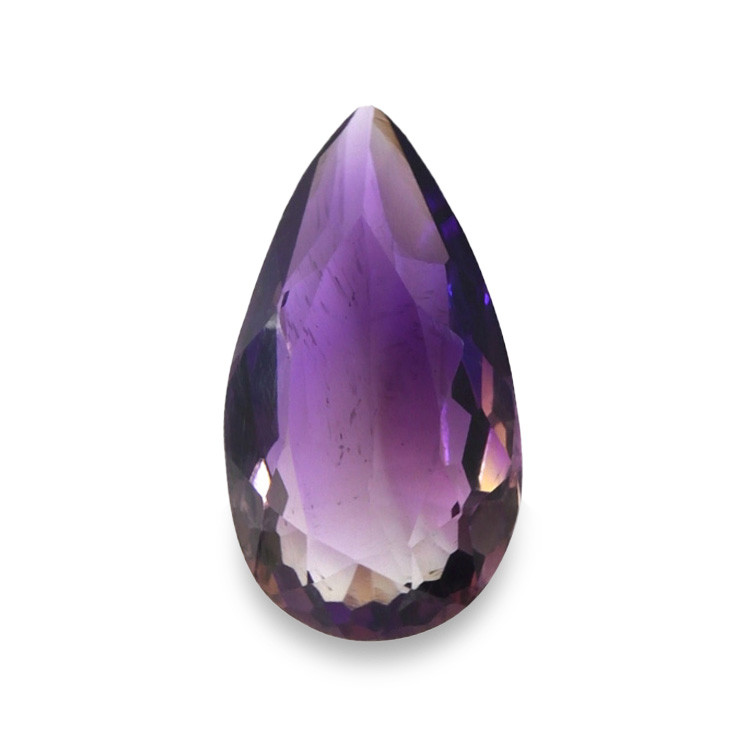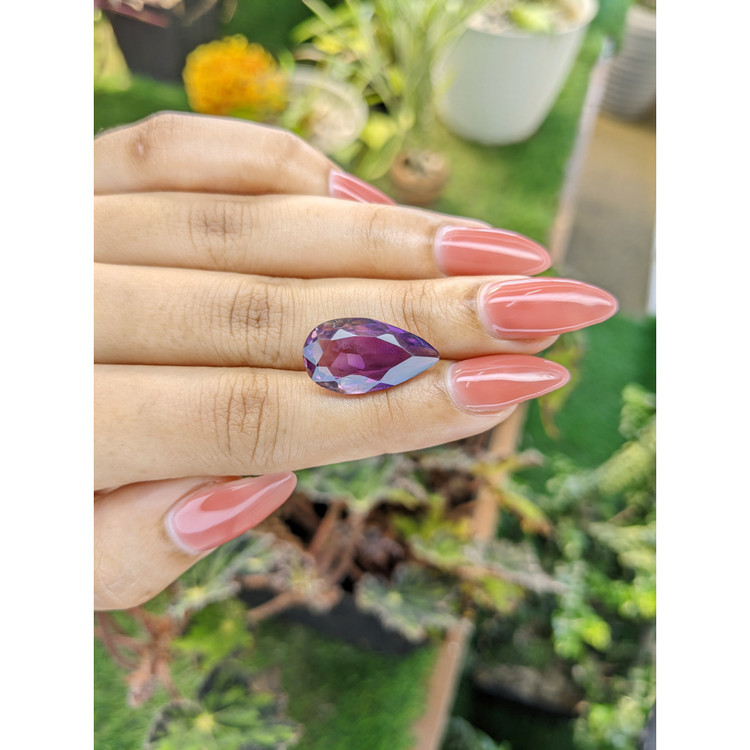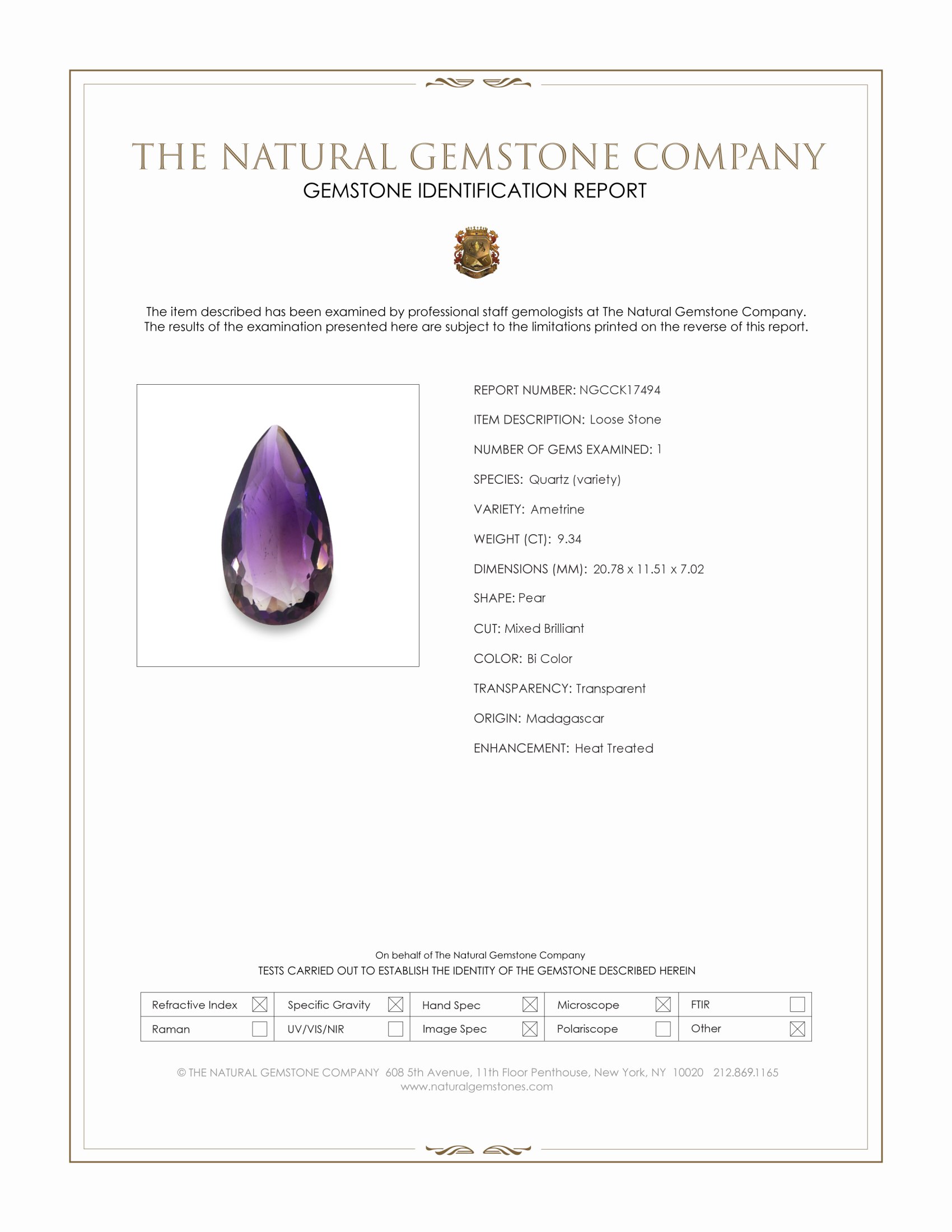- Stone14
- Reports2
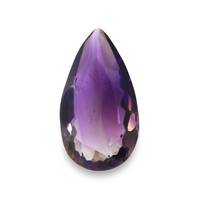





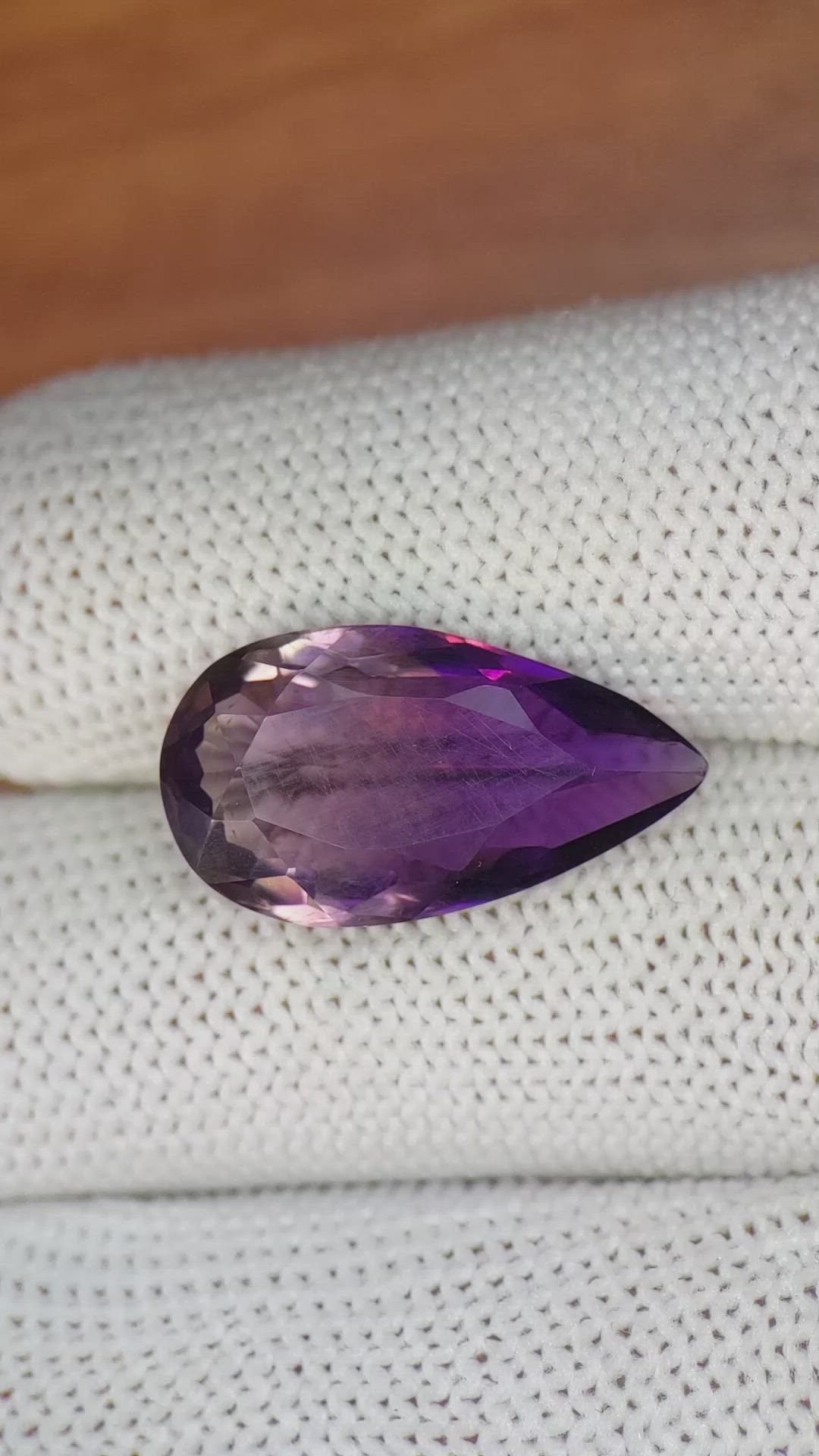
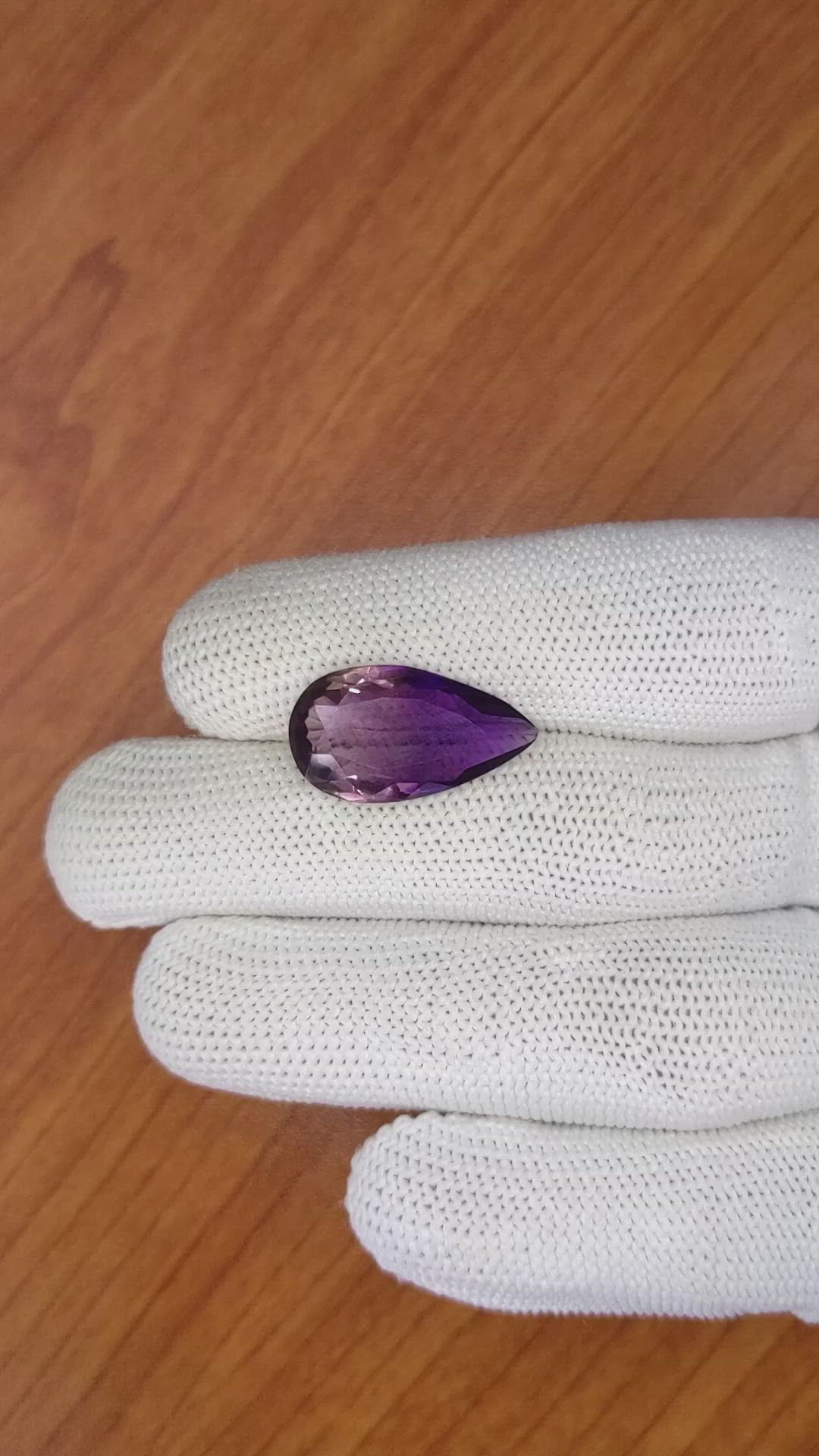
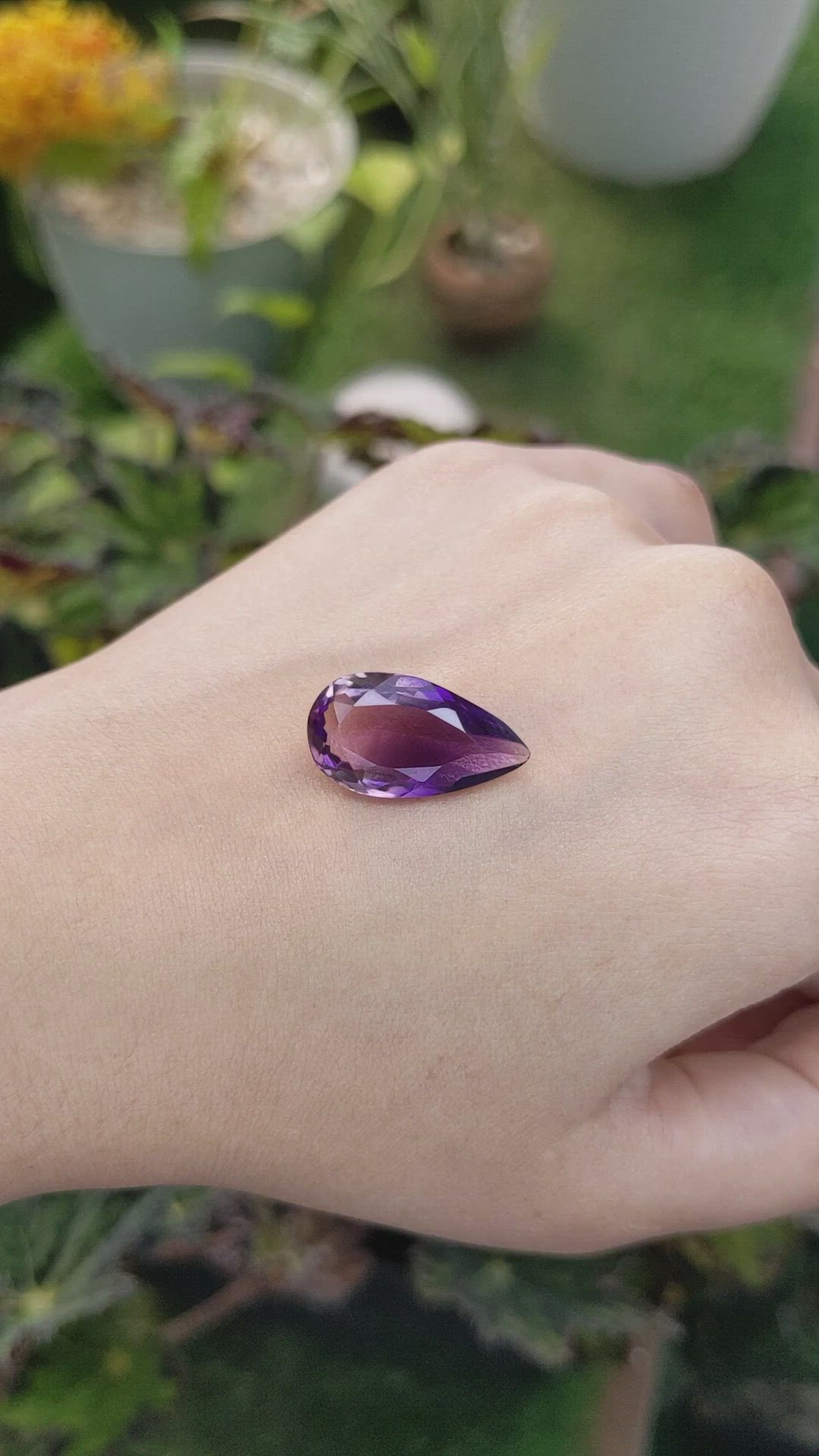
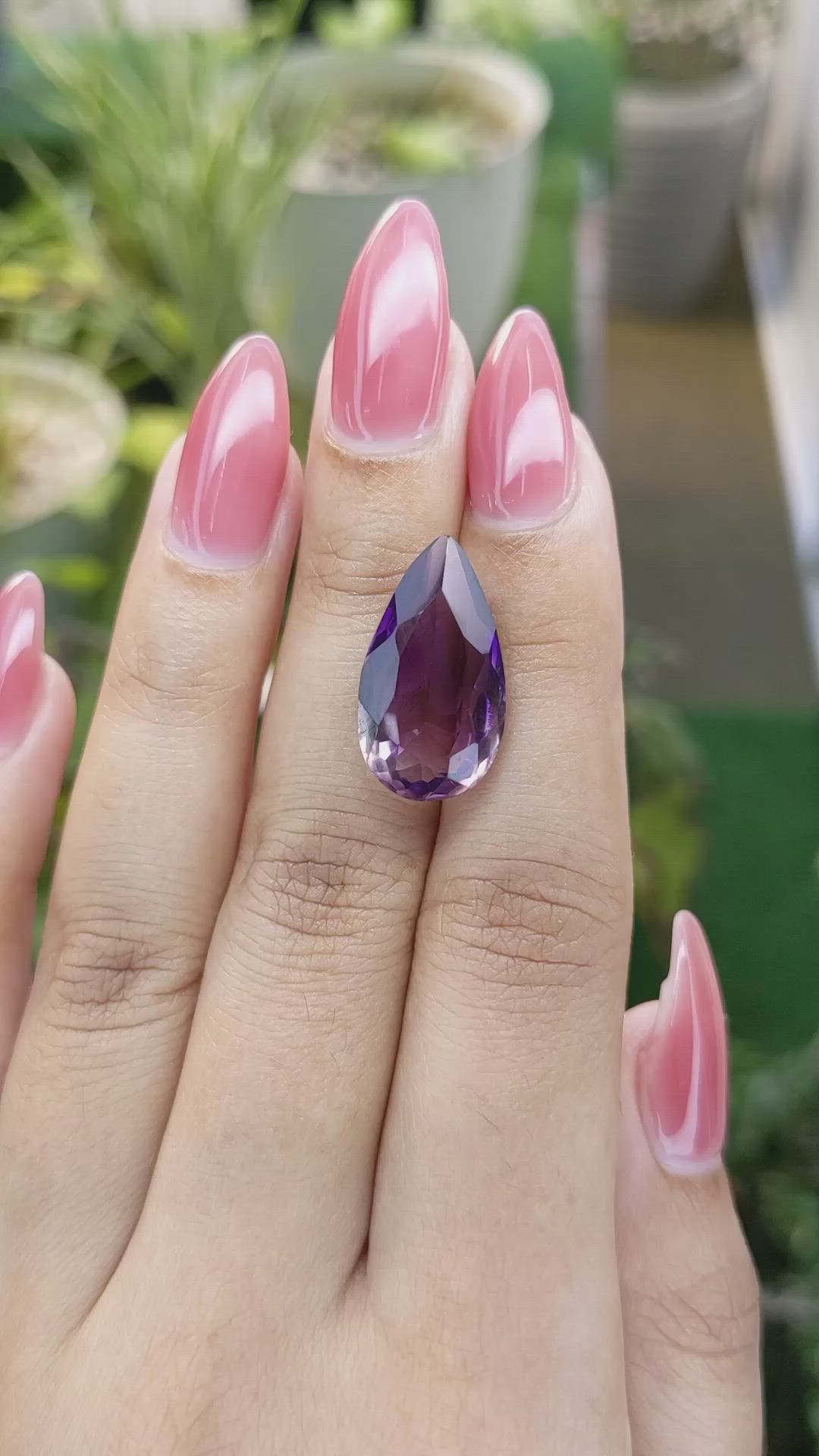
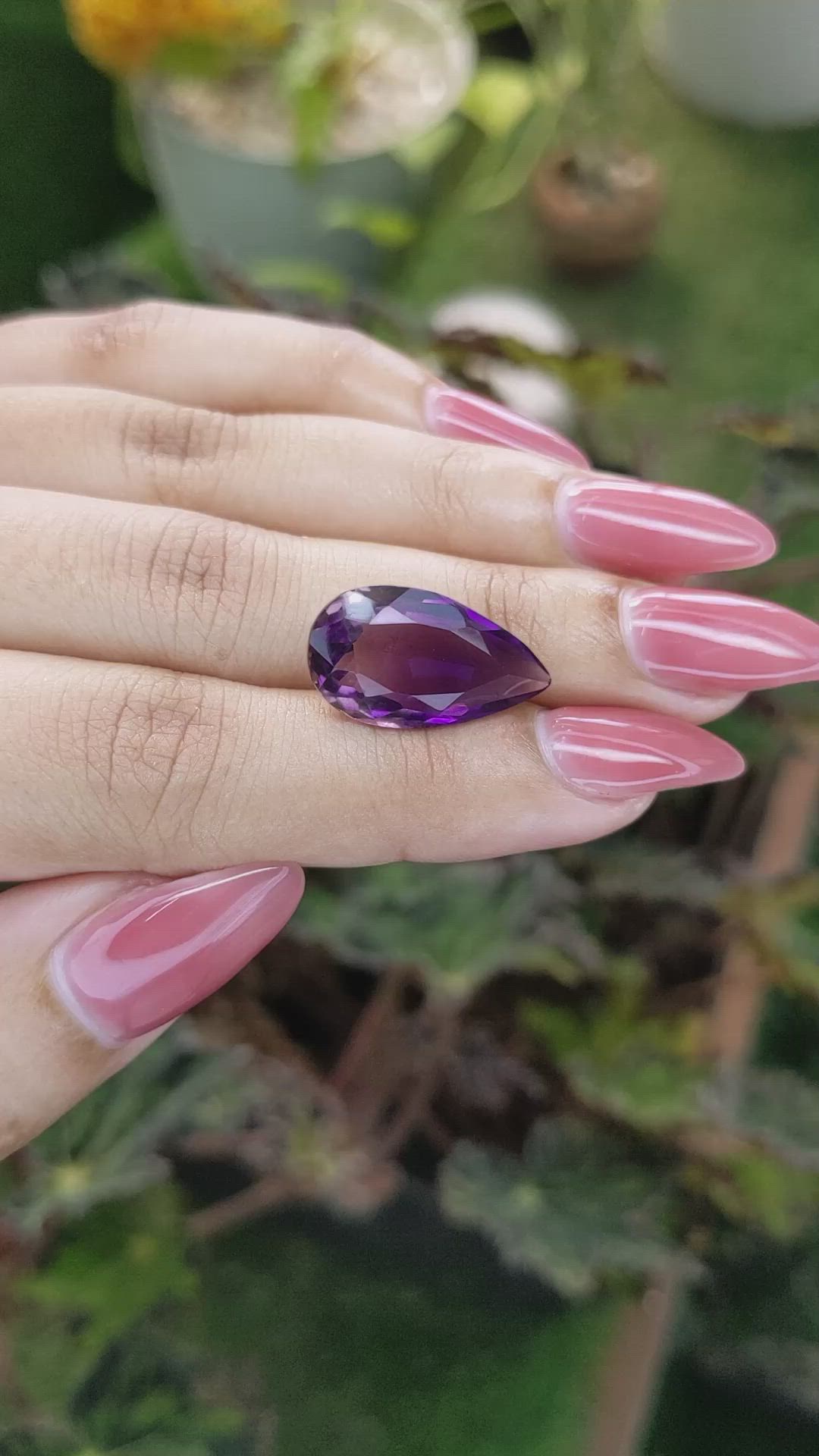
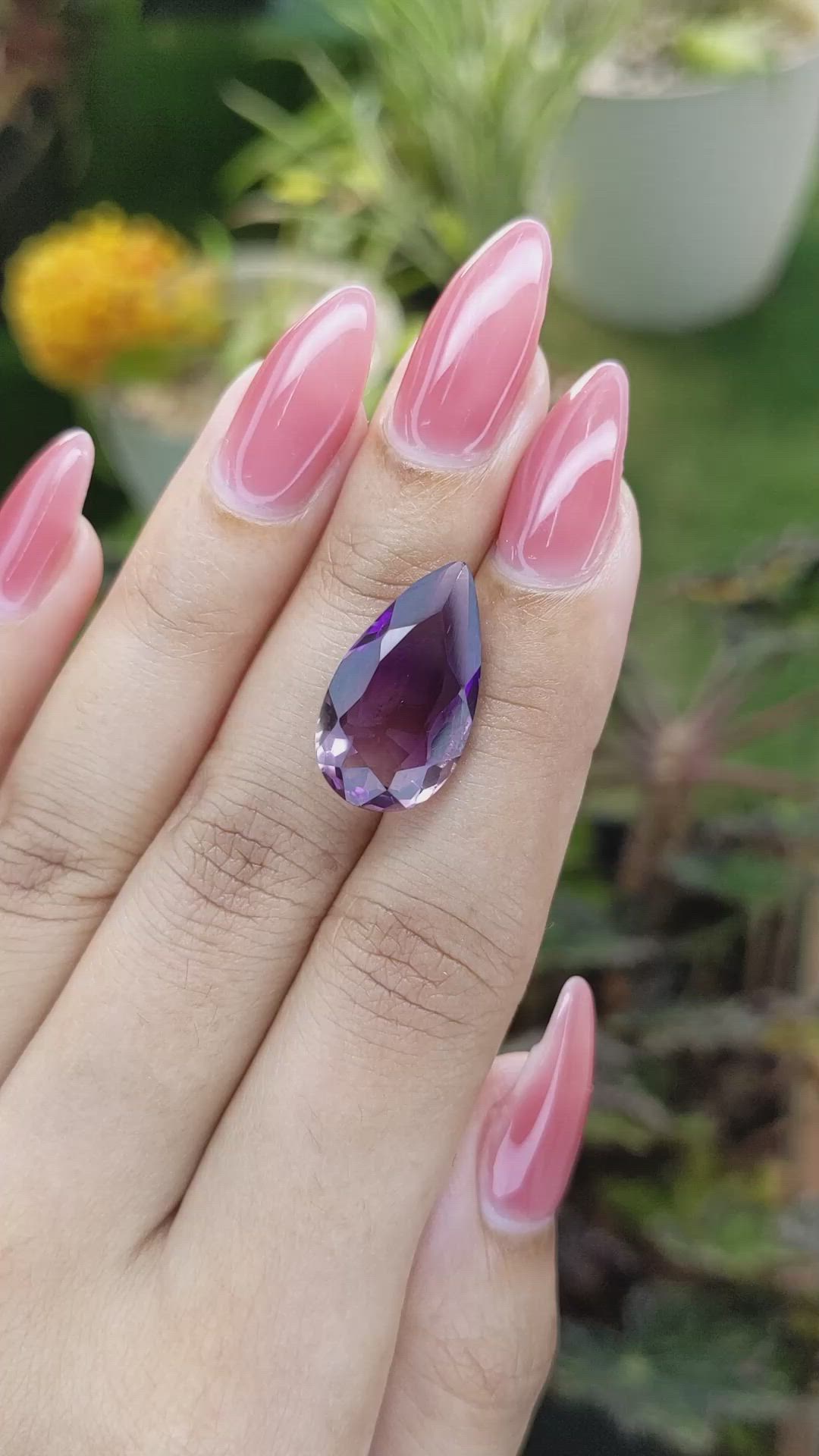
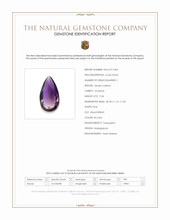

9.34 Ct. Ametrine from Madagascar
This loose stone ships by Jan 10
Item ID: | K17494 |
|---|---|
Dimensions (MM): help | Length: 20.78 Width: 11.51 Height: 7.02 |
Weight: | 9.34 Ct. |
Color: help | Bi Color |
Color intensity: help | Medium |
Clarity: help | Slightly Included |
Shape: help | Pear |
Cut: | Mixed Brilliant |
Cutting style: | Faceted |
Enhancements: help | Heat Treated |
Origin: help | Madagascar |
Per carat price: help | $40 |
This listing presents a transparent 9.34 carat pear shape bi color ametrine, with exact dimensions of 20.78 by 11.51 by 7.02 mm, and a mixed brilliant cut. The stone is carefully faceted to balance brilliance with the distinctive color zoning that defines ametrine, and it displays an excellent polish that accentuates both windowed and facet reflections. The overall proportion of the pear outline has been maintained to provide a graceful sweep from the rounded base to the tapered tip, which makes this piece versatile for a range of settings. At 9.34 carats the gem carries a presence suitable for a statement ring, a pendant centerpiece, or a bespoke design, while remaining manageable for protective bezel or prong styles. Transparency is high, allowing light to interact deeply with the interior and to reveal the natural zoning and inner characteristics that inform the gem identity.
Color in this bi color ametrine is expressed with medium intensity, and the transition between amethyst violet and citrine golden tones is both clear and naturally graduated. Ametrine forms when both iron based color centers present as stable zones in a single quartz crystal, and this example shows that duality in a pleasing distribution that remains visible from multiple viewing angles. The mixed brilliant cut enhances scintillation on the crown facets while allowing larger pavilion facets to reveal color depth, which serves to emphasize the bi color character without abrupt division. Under neutral daylight the violet side reads as a saturated medium to deep purple, while the warmer face presents a medium golden to honey tone, and the mixed cutting configuration preserves legibility of each hue while encouraging dynamic interplay as the gem moves.
Clarity is graded as slightly included when evaluated at eye level, and the inclusions present here are characteristic of natural quartz types, including fine feathering, minor internal growth planes, and occasional pinpoint or fluid inclusions oriented along crystallographic directions. Rather than detract, these internal features function as unique identifiers that record the gemstone history, much like a geological fingerprint. When examined with magnification, the inclusion patterns provide information about formation conditions and can assist in confirming origin and treatment history. For the collector or designer who values provenance and individuality, these natural markers add provenance and singularity, ensuring that this ametrine is one of a kind. Practical considerations related to these inclusions include mindful setting design to protect the girdle and tip, and routine care with gentle cleaning methods, avoiding ultrasonic baths if large liquid inclusions are present.
This ametrine has been heat treated, a stable enhancement commonly used to refine tone and reduce undesirable brownish overtones, and the stone is sourced from Madagascar. Madagascar has become known for producing ametrines with attractive color separation and good crystallographic habits, and this specimen fits that regional character. The Natural Gemstone Company provides full disclosure on treatments and provenance, and this stone has been evaluated and documented to reflect its natural origin and enhancement history. With an excellent polish and the precision of the mixed brilliant faceting, the gem is ready for incorporation into high quality jewelry, particularly designs that showcase the pear silhouette and the bi color visual interest. For practical mounting suggestions, a protective setting that secures the pointed end and supports the girdle is recommended, and designers may consider orienting the gem to maximize the color flow along the finger or pendant drop.




